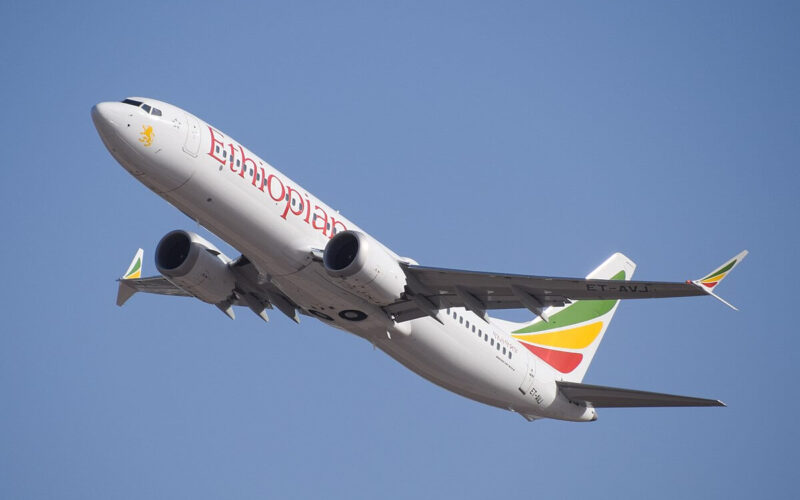The Maneuvering Characteristics Augmentation System (MCAS), the flight stabilization system that prevents a Boeing 737 MAX aircraft from stalling, was activated shortly before the crash of Ethiopian Airlines, according to the preliminary analysis of the flight recorders.
Initial findings were revealed during a high-level meeting of the US Federal Aviation Administration (FAA) on March 28, 2019, according to sources close to the matter quoted by the Wall Street Journal. The preliminary report should be published by mid-April 2019.
On March 16, 2019, following a preliminary analysis of the data from the FDR, the Ethiopian Transport Minister Dagmawit Moges already announced during a press conference that “clear similarities were noted between Ethiopian Airlines flight 302 and Lion Air flight 610”. Data revealed that similarly to the Lion Air aircraft, the Ethiopian Boeing 737 MAX 8 experienced uneven climbs and descents just after taking off.
Ethiopian Airlines flight ET 302 crashed minutes after takeoff in Addis Ababa (Ethiopia), on March 10, 2019. The aircraft involved in the accident was a brand new Boeing 737 MAX 8, delivered just four months earlier. The accident immediately raised suspicion of its similarities to Lion Air flight JT610 crash on October 29, 2018. It too went down minutes after take off from the Jakarta Soekarno Hatta International Airport (CGK) and the aircraft involved was a brand new Boeing 737 MAX 8, delivered to the airline two months before.
The investigation into Lion Air crash is pointing to a hypothesis that the Boeing 737 MAX 8 crashed due to a MCAS malfunction. The new system, installed on Boeing MAX planes, is activated when angle of attack (AOA) sensors indicate that the airframe is in a dangerous angle and attempts to correct it. But, if the AOA signal is erroneous, the MCAS can force an airplane nose down.

